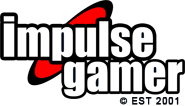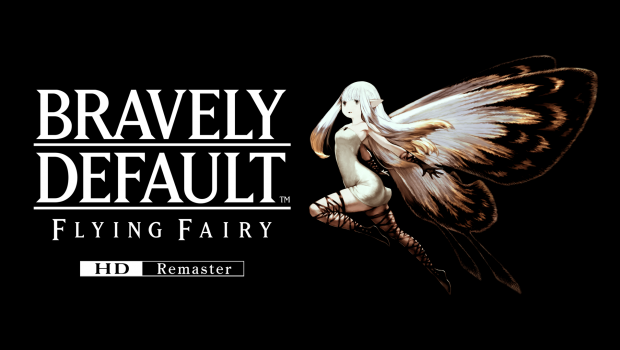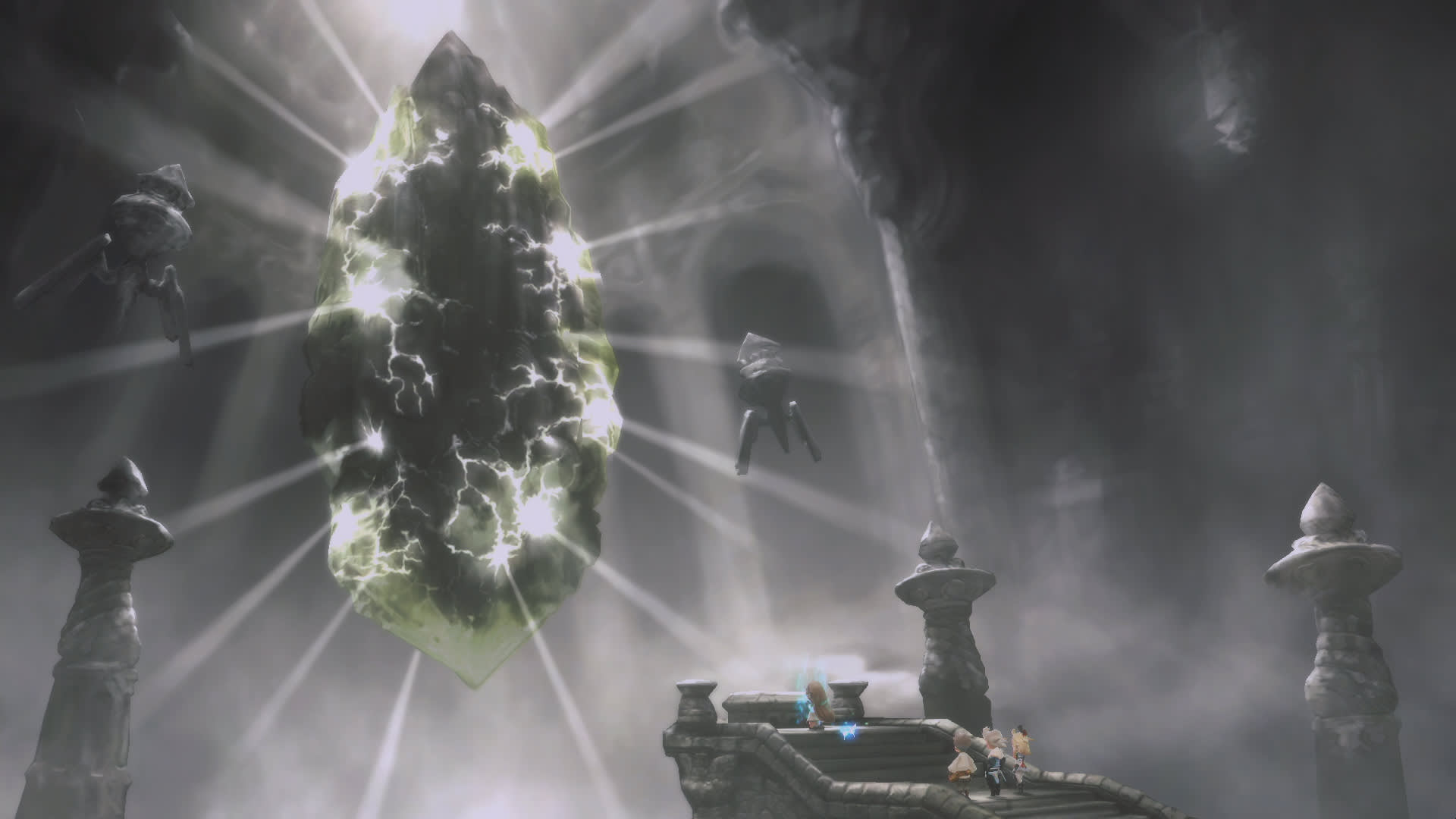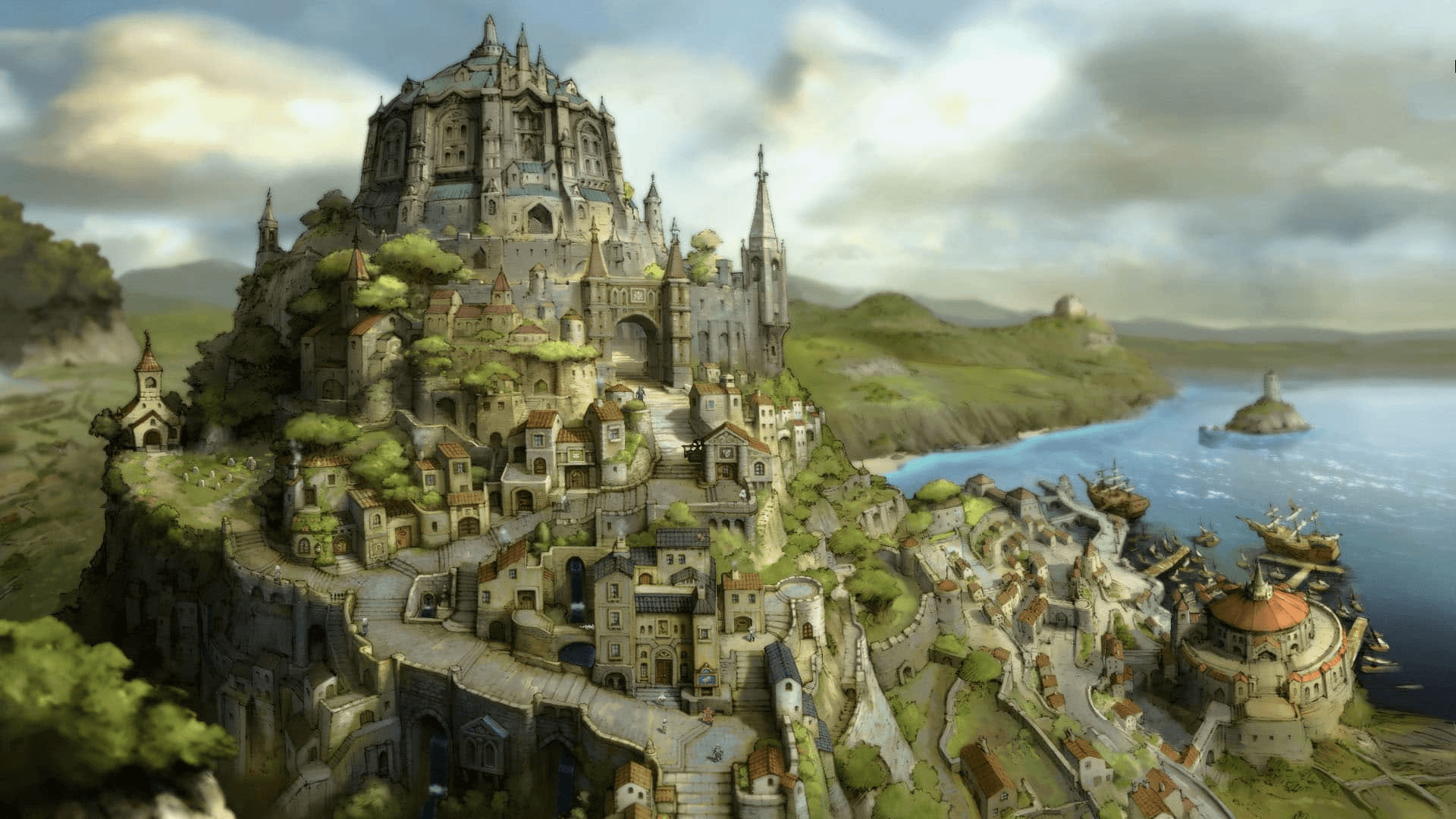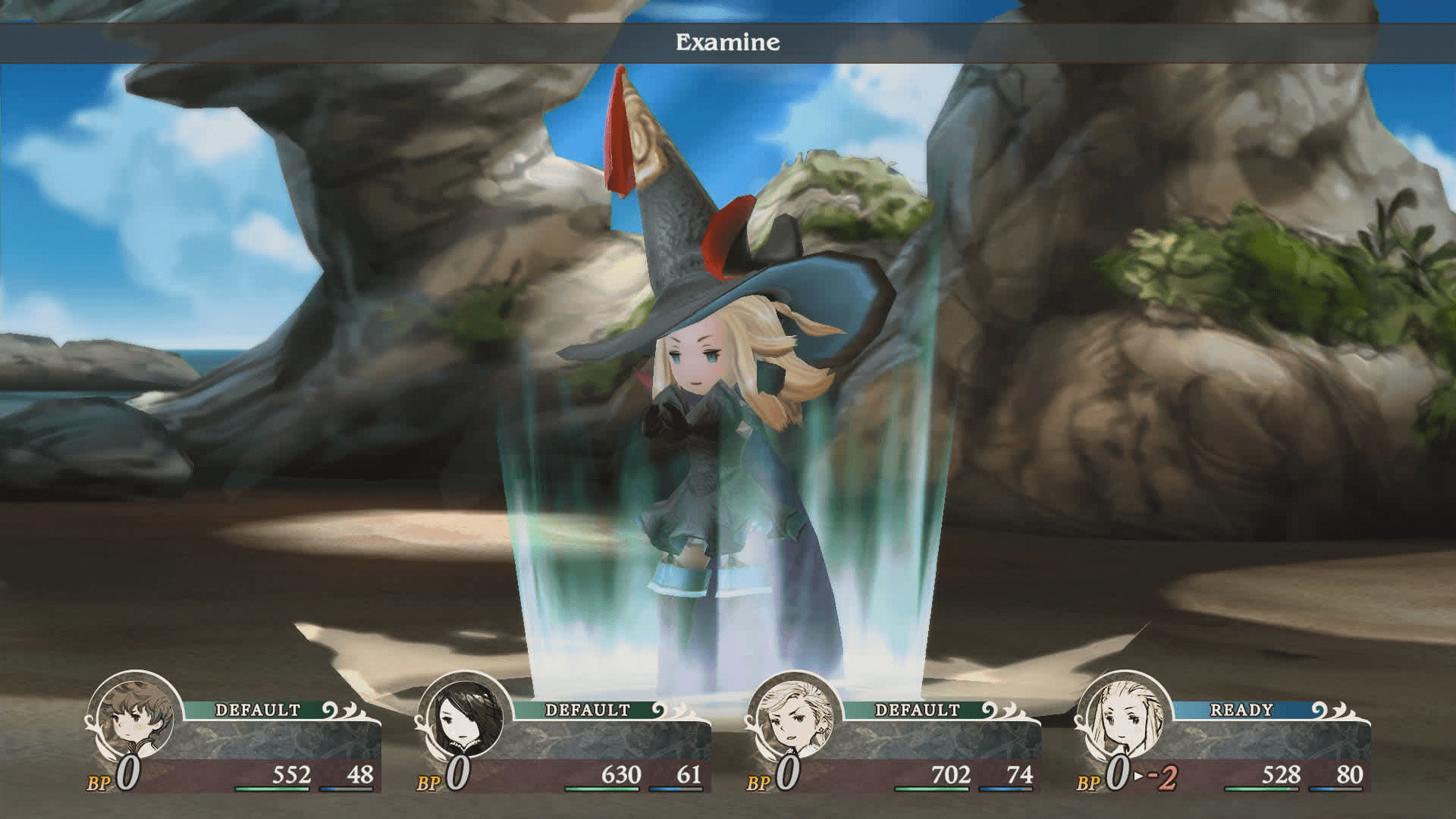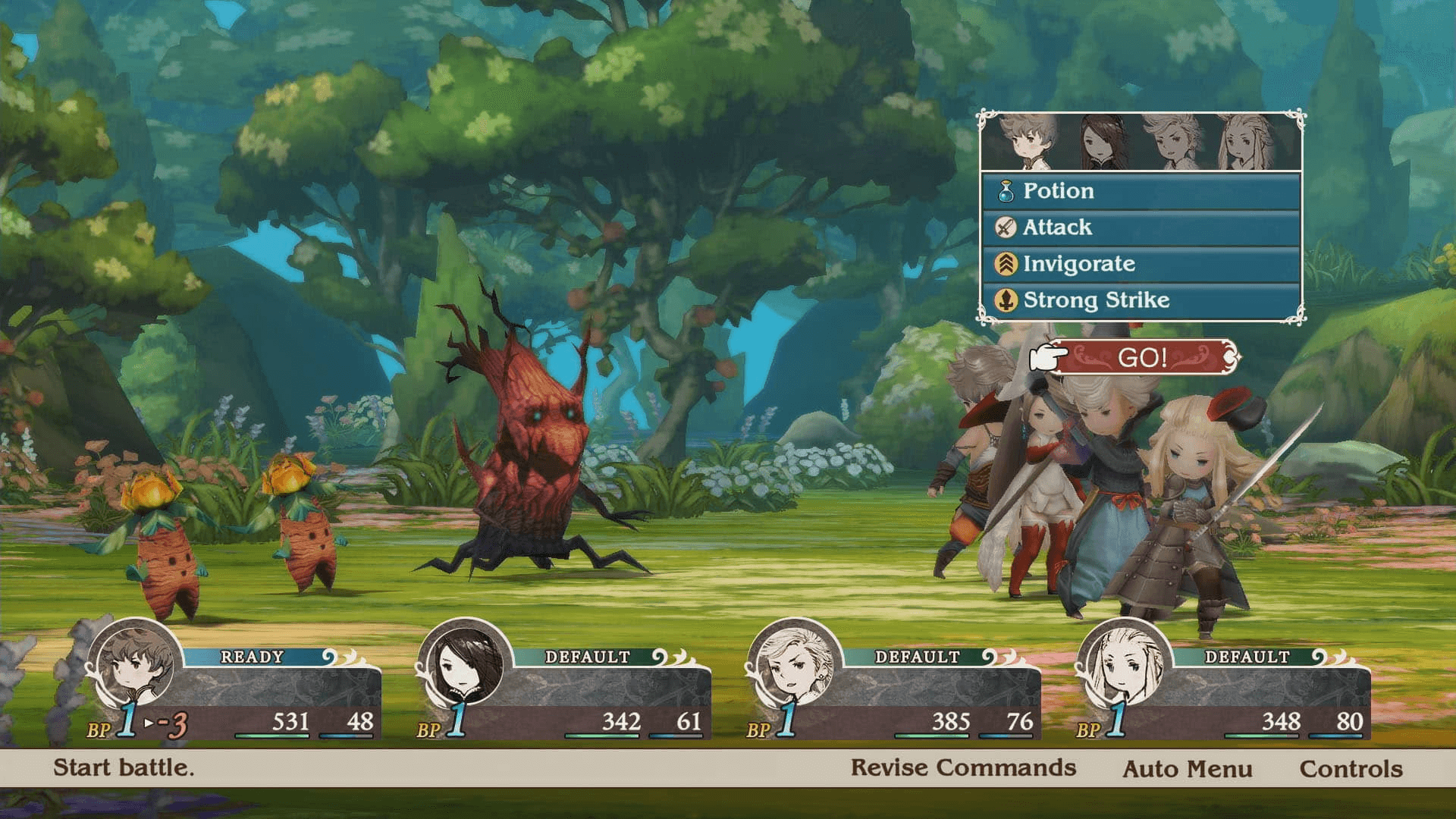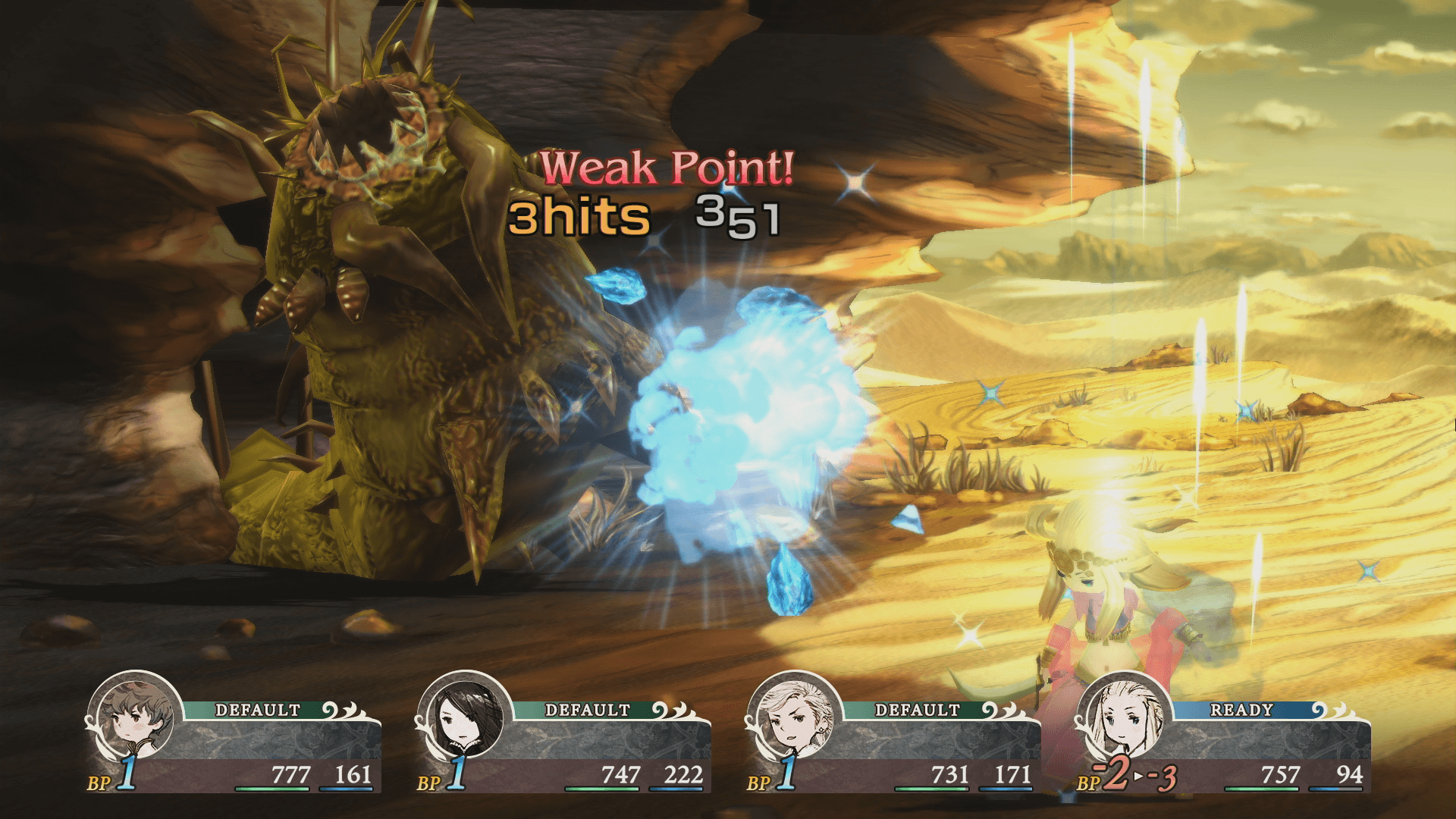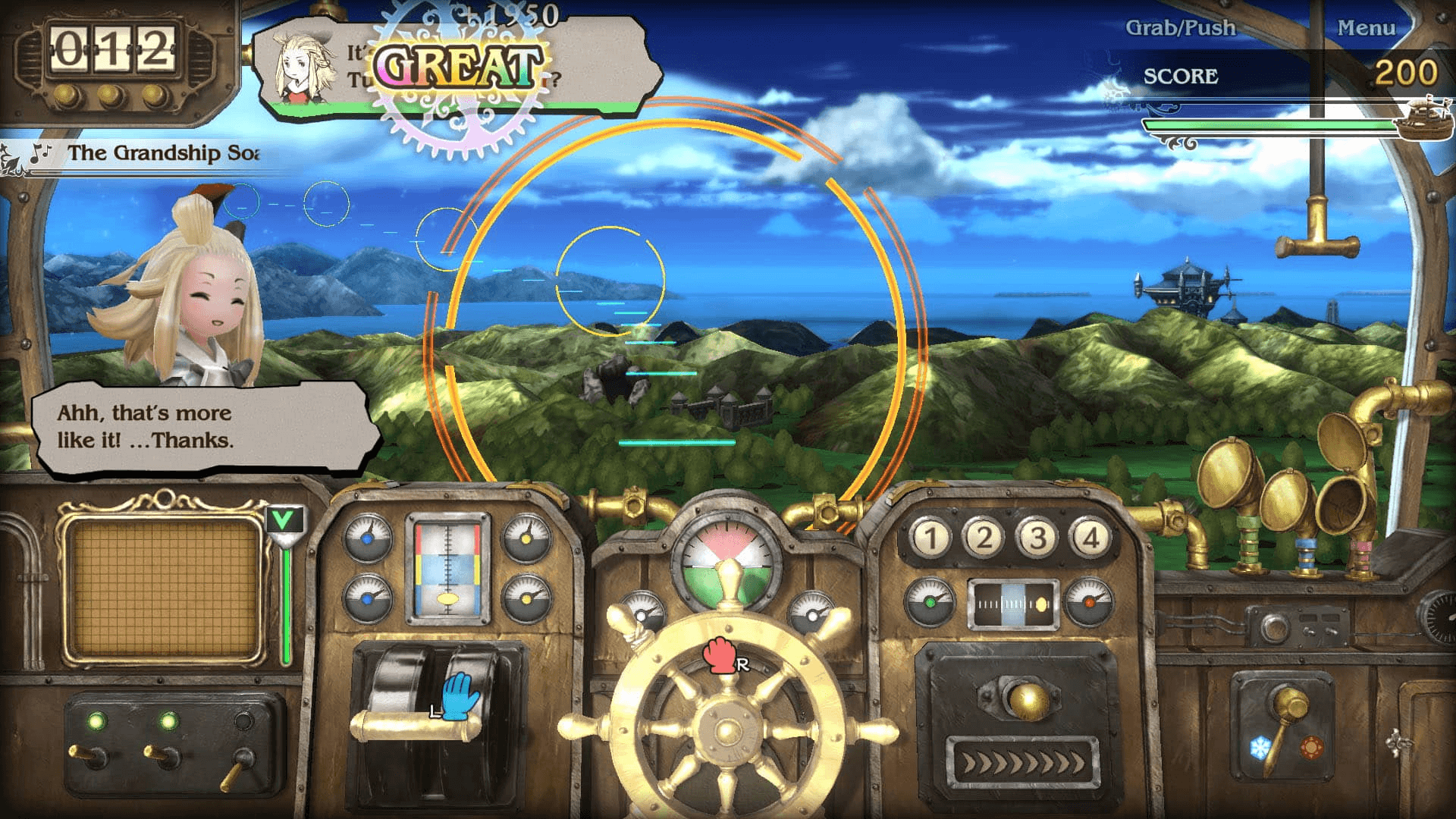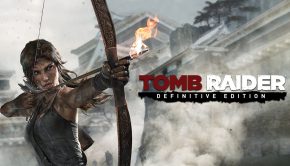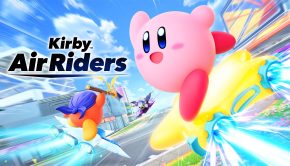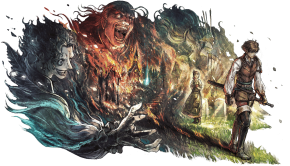Bravely Default Flying Fairy HD Remaster (Switch 2) Review
Summary: A stone cold classic finds a new home on Nintendo's latest console.
4.4
Finer Fantasy
You know you’re getting old when you start reviewing the remasters of games you also reviewed when they were first released over a decade ago. Enter stage left, Bravely Default Flying Fairy HD Remaster.
It’s also kind of depressing that the best launch titles for the Switch 2 are arguably (Mario Kart World aside) ports of games from previous systems, but to be fair, these are god tier titles, Yakuza 0, and now Bravely Default are two of the best games on their initial platforms, if not the last decade and thats not up for debate.
The problem with Bravely Default, though, is that it was so specifically tailored for the 3DS that it’s hard not to feel like some of the magic has been lost in bringing it to the Switch 2.
However, if you miss the traditional turn-based stylings of early Final Fantasy (particularly III and V), Bravely Default feels like an evolution of that style of 16-bit JRPG.
It’s innovative, yet traditional. Or Bravely Default. Get it.
Bravely Default follows the exploits of a quartet of heroes out to save the world after the sacred crystals that govern the world have been corrupted by an encroaching darkness.
You know the drill, there’s Tizz, the kind-hearted farmhand who wants to find out why his freehold and half the neighbouring village have been pulled into a sinkhole. Ringabelle the loveable amnesiac rogue, with a book that predicts the future, Edena, the daughter of the main villains of the piece, and Agnes, a sheltered alter maiden that’s been sent on a mission to reawaken the four broken crystals, which will also fix the screwy weather, poisoned seas, and general badness throughout the world.
Sadly, in the intervening decade since Bravely Default was first released, its environmentalist message seems even more relevant. Since, our heroes, much like actual scientists and activists trying to avert a global disaster brought on by human greed and stupidity, Tizz and co are on the run from a group ignorant, militaristic dullards that just want to ignore what’s happening and imprison anyone who points out that the planet is doomed if we don’t do something about it.
The best part of the story, though, is how it takes what seems to be a simple hero’s tale and twists it into a dark and sophisticated tale that gleefully toys with audience expectations and genre tropes, which belie its super-deformed characters and picture-book aesthetics.
Bravely Default still looks lovely. The art direction was always one of the original’s strongest elements, and the leap to HD has made its incredible hand-drawn art environments sing. However, its a shame that the pop of this living pop-up book world has been flattened because there’s no way to replicate the clever use of the 3DS, 3D screen effects, that made the original so damn charming.
I’m still also not a massive fan of the chibi-style character models. If you’re going to bother to hire Akihiko Yoshida (Final Fantasy Tactics, NieR Automata) to design your cast, the least you could do is make the characters look like the art. They had the chance with this remaster to remedy this, but instead, they doubled down on the chibiness, which feels even more pronounced and plainer in 1080p.
Backing up the beautiful visuals is a rock-solid score by Revo, which deftly mixes classical elements and power metal. It’s like if the Black Mages versions of classic Final Fantasy tracks were patched into the games, and I love it.
Likewise, Bravely Default’s principal cast all put in fantastic performances. Both English and Japanese.
How often you want to fight in Bravely Default HD is entirely up to you. You can whack the encounter rate up to 200% (or even further once you find a special item) when you want to do some serious grinding, or down to 50% (and later 0%) for the times you want to hunt for those chests you missed in a dungeon or get to the boss already.
Battles revolve around Bravely Default’s extensive Job system, which is very much the love child of Final Fantasy III and V. Throughout the adventure, you’ll stumble across two dozen equippable jobs by defeating bosses, completing side quests, and diving into optional dungeons.
It’s well worth completing as many sub-missions as you can, not just for the rewards and extra classes like Thief, Ranger, and Valkyrie, but because they all feed into the main plot and further flesh out the world and characters in interesting ways.
In a fun twist, each of your characters can equip a main job and a side hustle. For example, you can have a white mage with some black mage abilities bolted on to create a nice all-around magic user. a knight/summoner or a red mage/ ranger or whatever else pops into your head. With over five hundred possible combinations, character development is incredibly open-ended, and there’s plenty of room for experimentation. However, some combinations do work better together than others by complementing the main job’s strengths or mitigating some of its weaknesses.
Characters can also equip up to five passive abilities that do all kinds of weird and wonderful stuff, including stat buffs, auto-casting spells like Protect and Shell. However, my favourite is Dowsing Rod, which tells you how many unopened chests there are in a dungeon, making it a lot easier to find all those hard-to-spot goodies.
The Brave/Default system adds a nice twist to the usual turn-based back-and-forth. Instead of a timer or having a set turn, each side starts with one battle point. If you attack or use an ability, Bravely Default functions the same way as any other turn-based RPG. However, using Brave enables you to spend an extra battle point to take an extra turn, while Default has your character defend and gain another turn. Moreover, you can get yourself in debt by using Brave, and then your character has to wait several turns until their points replenish before they can make another action.
This adds an extra element of risk Vs reward and strategy to proceedings. Do you go all out and overwhelm your opponents before they can counter? Or do you hold back and probe your enemy’s defences, while building up your own?
Although in the early game, having the entire party max out Brave usually ensures victory with the bare minimum of fuss.
However, during boss battles, especially the harder ones that cap off most sub-missions, successfully using Brave and Default to create a multi-speed strategy is crucial if you want to survive.
Bravely Default’s brilliant StreetPass features have been reworked for the remaster. Rather than you gaming another helper in characters from passing another 3DS user in real life, instead, other players’ ghostly avatars will randomly appear in towns and cities for you to add to your growing army of helpers.
These can then be summoned during combat to attack enemies on your behalf, or you can send your characters to help other players. It’s a nice system and very helpful during tricky battles if you’re fortunate enough to stumble across a helpful spirit who’s a much higher level than you.
The main use for your helpers, though, is as part of Tizz’s efforts to rebuild his destroyed hometown, Norende.
Each spirit you encounter can be set to work levelling up shops and utilities that let you buy better items and equipment from traders, as well as unlock new equipable special moves and modifiers.
Each renovation takes a set amount of time, from a few minutes to nearly 100 hours. However, many hands make light work, and with each additional villager working on a project, the time is halved. Therefore, it’s worth checking in on the game as often as you can to try and snag some more villagers and keep them on task, opening new pathways and unlocking more stuff to make your life in the main game a lot easier.
Along with these changes, there are also a couple of useful quality of life improvements, including the ability to heal all from the menu screen as well as dungeons now telling you the recommended level range to tackle them at.
The only major additions are two new tacked-on mini-games that use the Switch 2 mouse controls because you have to have the new control method in your launch title, right?
The first, Luxencheer Rhythm Catch, sees you sliding both Joy-Con around to catch and activate notes in various ways in a basic rhythm game. The second, Ringabel’s Panic Cruise, has you steering an airship through rings and engaging in sky battles with other vehicles while trying to stop the ship from exploding by flicking switches and fixing leaky pipes while your party barks orders at you.
Each feels like a pointless way of adding Switch 2 functionality to the title, and is completely superfluous unless you need to collect more tokens to spend on items and equipment. IT makes me wonder why they didn’t just replace the touch controls from the original with push ones in the main game. Being able to navigate the Norende mini-game with a few clicks would have been helpful, or having you traverse the environment in a manner more like a point-and-click adventure would have been a nice accessibility feature.
Final Thoughts
Successfully blending old-school sensibilities with modern features is a feat many titles attempt, but very few accomplish, especially as effortlessly as Bravely Default does.
Nostalgic to a point, yet inviting and accommodating to those new to the genre, Bravely Default remains one of the best RPGs ever created. Though the transition to Switch 2 isn’t perfect, it is still a welcome one, and as one of the cheapest launch titles for Nintendo’s new console, an absolute bargain to boot.

